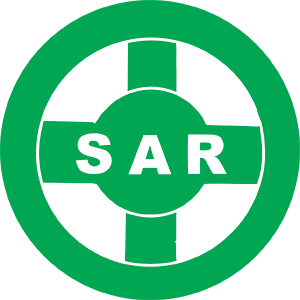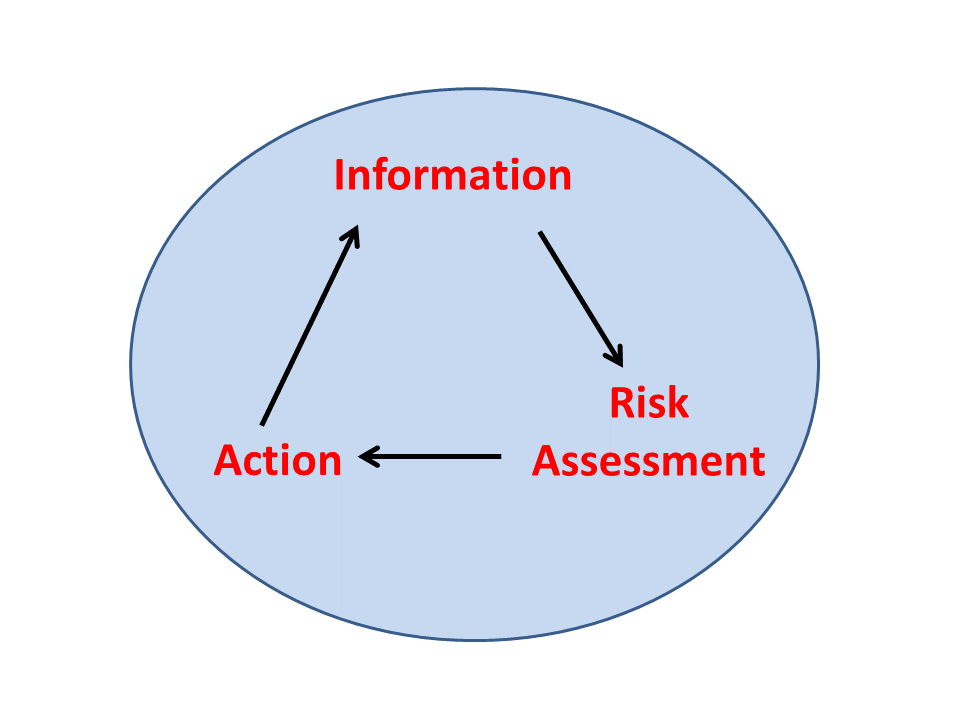Decision-Making


Facts from the situation onboard form a need for the assistance acquired and dictate the emergency measures to be taken and the response techniques to be deployed. In the initial stages of the incident, the decisions made should be assessed and updated as the situation develops. This means that the plans should be based and updated on the latest available information received, thus enabling a continual process of reassessment and situation updates.
 In decision making many things are taken into consideration, e.g., the condition and features of the vessel, weather conditions, rescue options, environment protection etc. Several scenarios exist in terms of decision-making/response opportunities:
In decision making many things are taken into consideration, e.g., the condition and features of the vessel, weather conditions, rescue options, environment protection etc. Several scenarios exist in terms of decision-making/response opportunities:
- response actions are impossible to execute (too small time frame in the case of the sudden complete disintegration of a vessel)
- response possibilities are too risky (high reactivity of the substance, no information is available on the substance involved)
- response is possible (the risks are identified and controlled).
Evacuation
Evacuation of the distressed vessel is a first option to consider already in the initial stages of the situation assessment.
- Depending on the severity of the situation, immediate evacuation may be the only option if there is a risk of the HNS situation worsening on the vessel (e.g. dangerous HNS chemical reaction) and SRUs’ arrival on scene is expected to be delayed
- In situations where there are hazardous atmosphere spread widely, evacuation of the vessel can be carried out at a later stage only, if the evacuees have possibility to wear protective equipment that enables a safe exit (e.g. a filter mask, Emergency Escape Breathing Device (EEBD) or equivalent, and protective clothing).
Emergency towing
- Emergency towing should be considered if DV maneuver capability is limited or if the vessel in distress is not under control
- When considering emergency towing possibilities, possibility or/and necessity to shift the distressed vessel by emergency towing to reduce the impact of HNS or if there is a need to control the drifting or heading of the DV by towing should be considered.
Use of the Vessel Triage categorization system as a tool for simplifying the decision-making process could give an impression of the status of the situation and its development.
